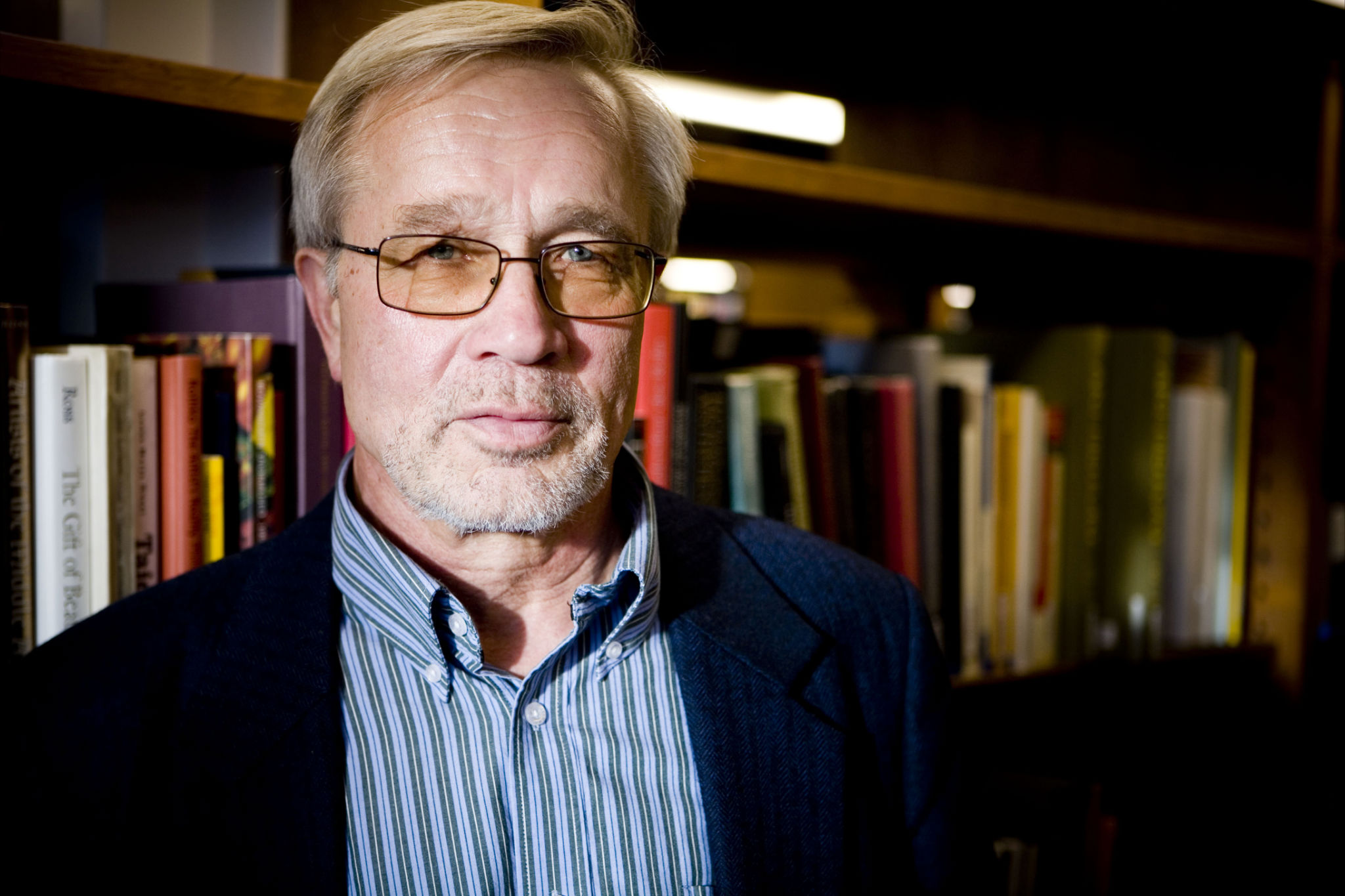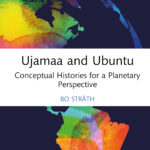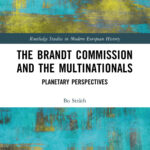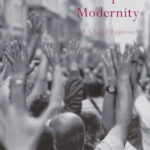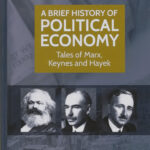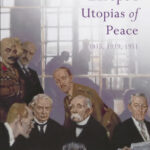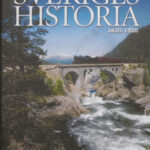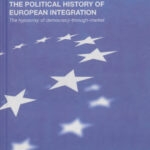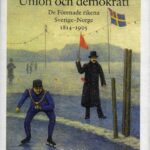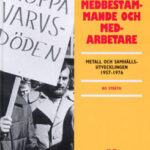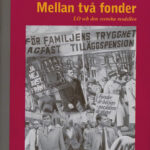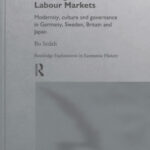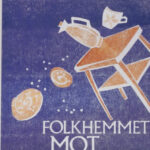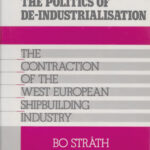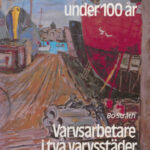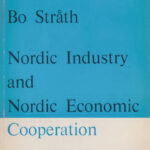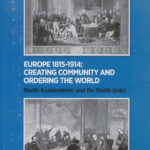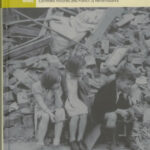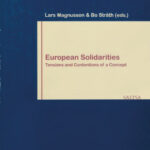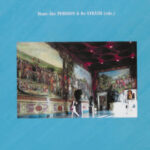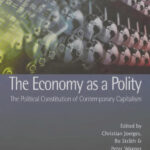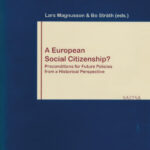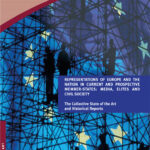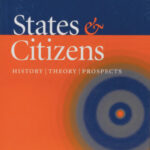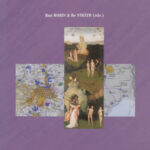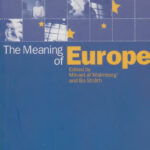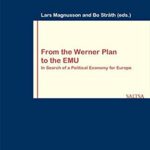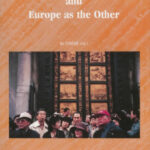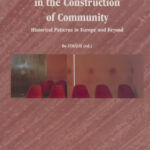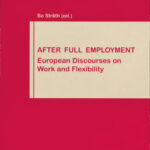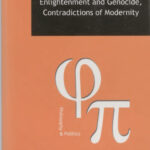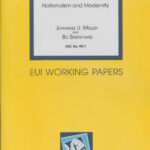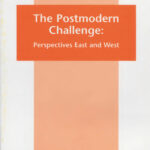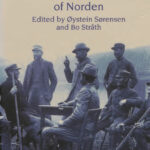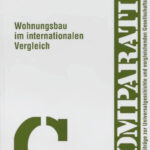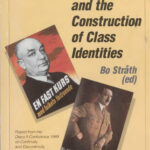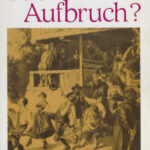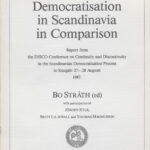Book project by Bo Stråth, sponsored by Riksbankens Jubileumsfond, Stockholm (RJ)
The union between Sweden and Norway was established in 1814 after the continental turbulence provoked by the Napoleonic wars. It was dissolved in 1905 when Norway broke up from the arrangement imposed upon them by the European power game in the postwar reordering. The king was the uniting power. He was the king of Sweden and the king of Norway. He was two kings in one person. The name of the union was in Sweden, the United Kingdoms (in the plural) Sweden-Norway, and in Norway, the United Kingdoms Norway-Sweden. Each country had its own government and parliament. There was no specific union representation. The foreign minister was the Swedish foreign minister, and this order shook the union to its foundation after 1870 when the Vienna peace order eroded and European politics became more martial. The more conservative Swedish parliament wanted active union participation in the continental power game, whereas the more radical liberal Norwegian parliament withheld. Since there was no union representation, there was no institutional capacity to negotiate the conflict that became sharper between the two parliaments. The foreign political conflict spread to domestic politics accompanied by ever stronger expansive Bigswedish nationalism against the democracy-protecting Norwegian nationalism arguing for national consolidation around democracy. In the end, the democracy issue burst the union. The book discusses the contrafactual question of whether a union parliament would have promoted democracy and aristocratic loss of power in Sweden and thus sped up the democratic breakthrough there.
The book addresses the connection between democracy and legitimacy and relates it to the connection between nationalism and modernity. The analysis of the union is related to a broader comparative discussion of Sweden and Norway in the 19th century in terms of political culture in a wide sense, including religious and business cultures, arts, music and literature, and to what extent there were preconditions for the emergence of one cultural elite. The book also connects the union conflicts to the centrifugal forces affecting the European Union.
The results are published in Union och demokrati:(Union and Democracy), 2005.
